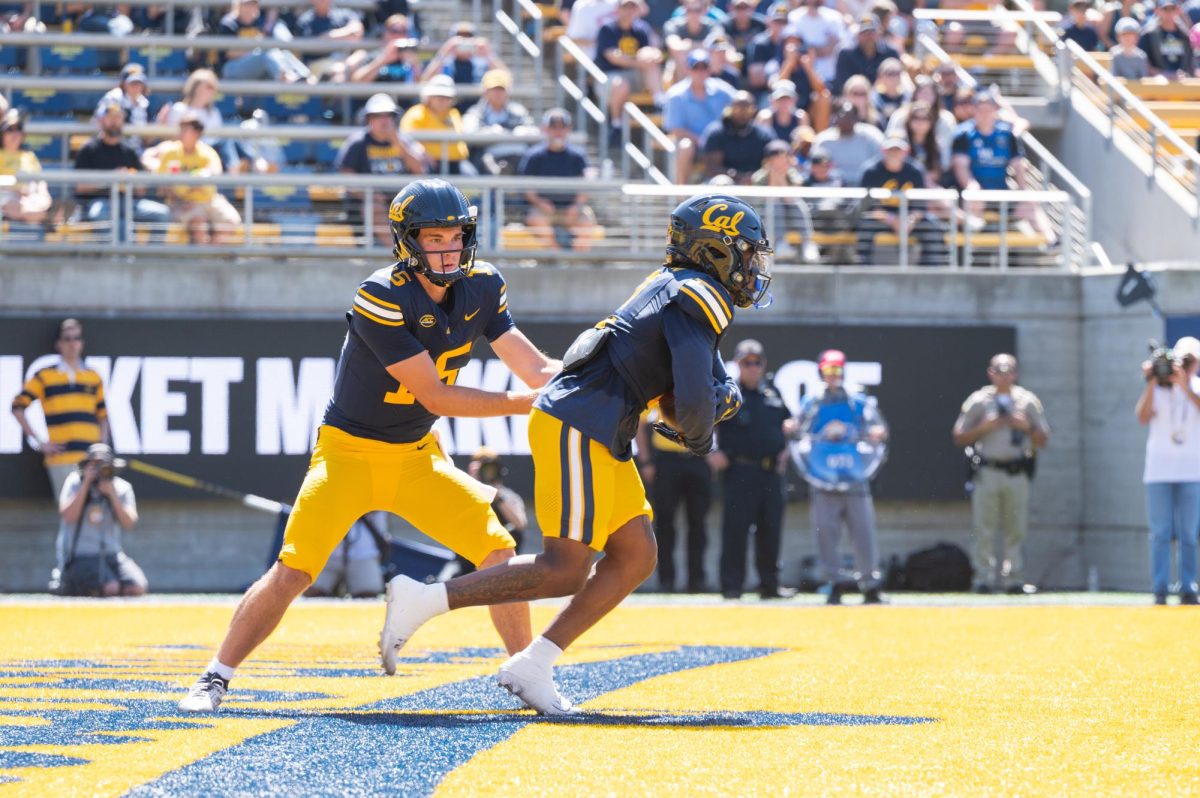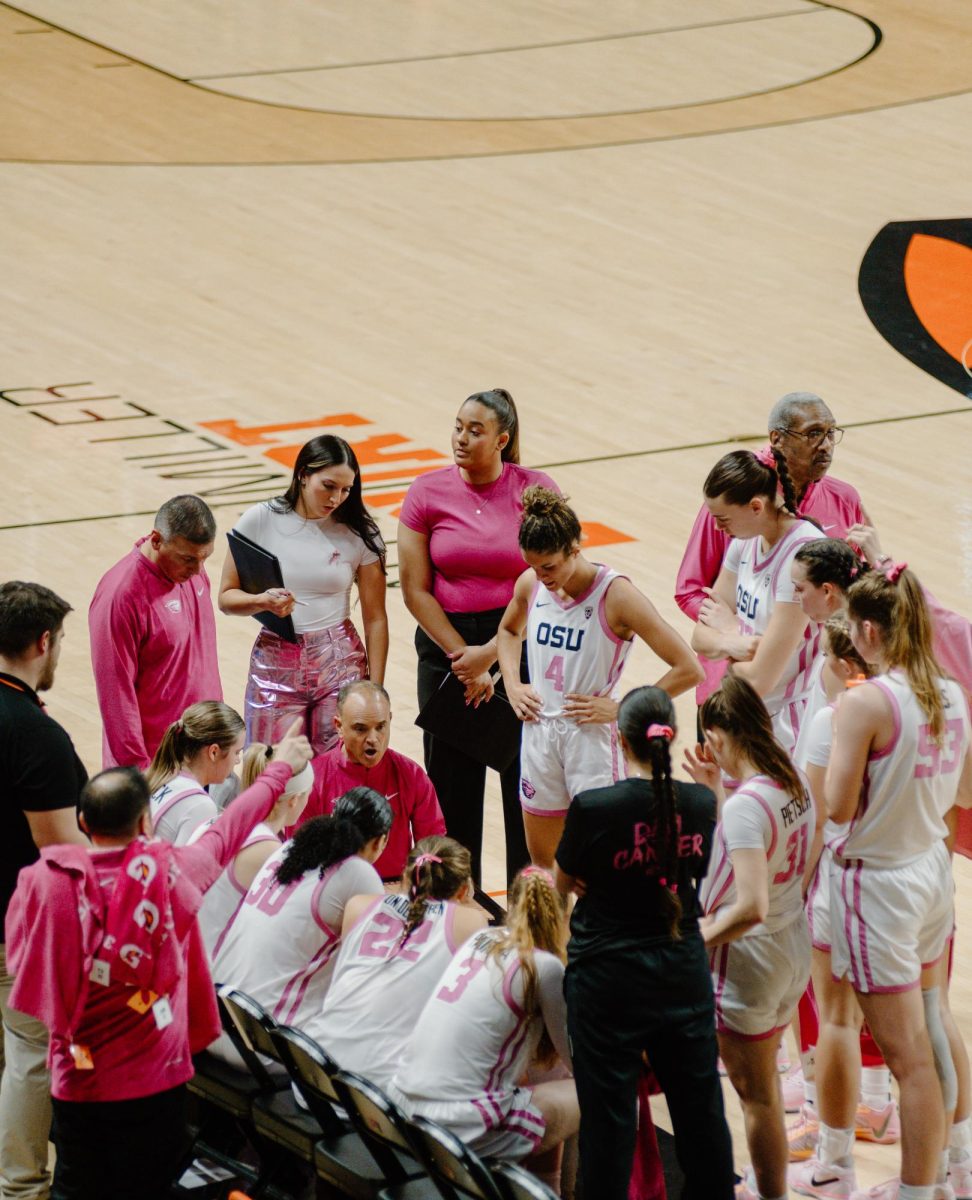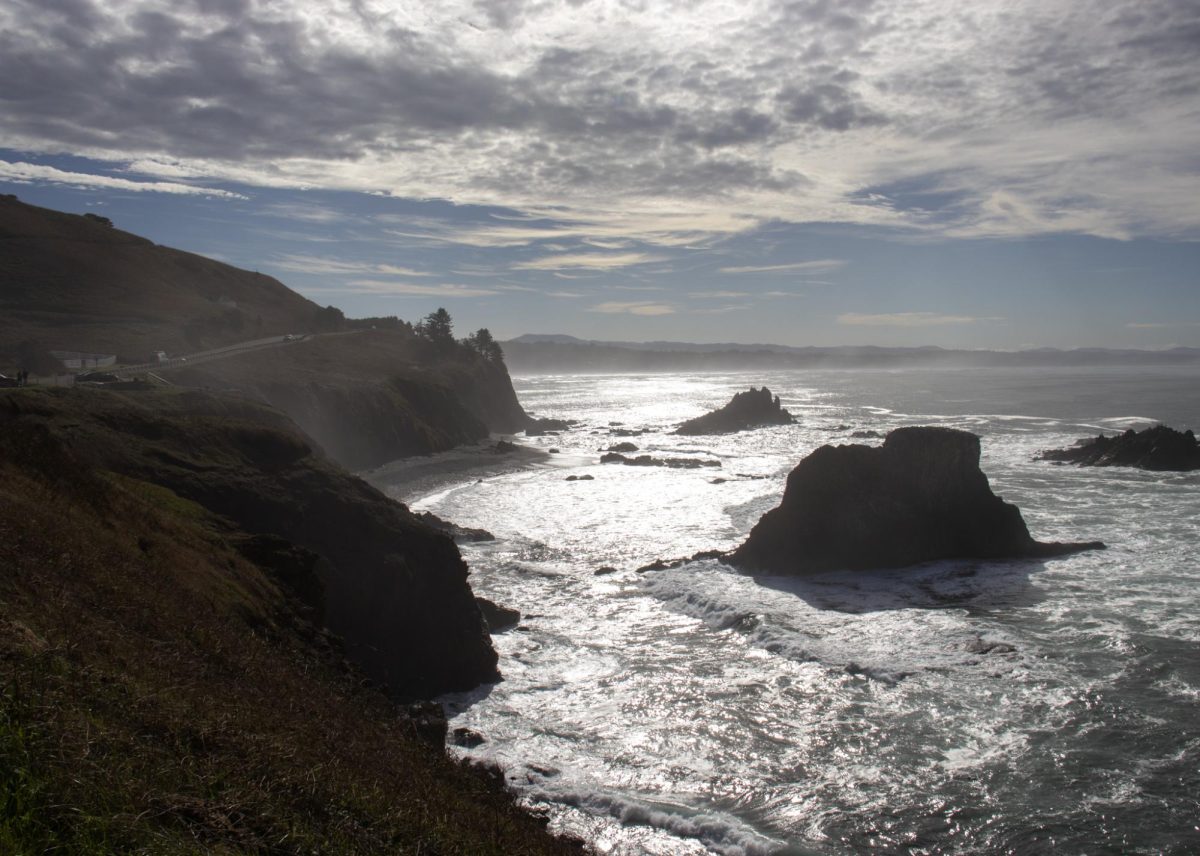On May 17, elevated levels of toxins were detected in shellfish on the Oregon coast leading to the closure of the entire coastline to mussels, razor clams and bay clam harvests.
According to Steven Rumrill, shellfish program leader for Oregon Department of Fish and Wildlife, a giant harmful algal bloom occurred of dinoflagellates, which produces saxitoxin, a neurotoxin that contributes to Paralytic Shellfish Poisoning.
Dinoflagellates are a group of phytoplankton that produce oxygen in marine and freshwater, according to the Smithsonian.
When toxins exceed the alert level of 20 ppm, shellfish harvesting areas are closed according to the ODFW.
According to Rumrill, the algal bloom may result from changing ocean conditions associated with climate change.
“The winds and weather are changing, the ocean is generally warming, we’ve had these large hypoxic events and ocean acidification kicking in,” Rumrill said. “There’s a lot of things that are changing here and so we’re beginning to see, several years in a row now, conditions out in the marine world that are affecting the shellfish.”
Razor clams, as well as other bivalves, are filter feeders that consume phytoplankton.
According to Maria Kavanaugh, associate professor at Oregon State University’s College of Earth, Ocean, and Atmospheric Sciences, diatoms and dinoflagellates that produce the saxitoxin bioaccumulate when shellfish filter and ingest water.
“They stick around through time in the tissues of bivalves,” Kavanaugh said.
According to the Washington State Department of Health, bivalve molluscan shellfish such as clams, mussels, oysters, geoduck and scallops will most likely accumulate paralytic shellfish poisoning. It is also possible that other marine species, such as sea cucumbers become contaminated, as well as crabs that ingest shellfish.
At least 31 individuals have become ill, with some requiring hospitalization after consuming shellfish harvested from the Oregon coast, according to National Centers for Coastal Ocean Science.
When shellfish contaminated with PSP are consumed, it takes at least 30 to 60 minutes before symptoms start kicking in, which include numbness of the mouth and lips, vomiting, diarrhea, shortness of breath or cardiac failure for severe cases.
These biotoxins will not make the shellfish sick, however, animals and humans are at risk for experiencing the symptoms of PSP poisoning.
“The poison is a neurotoxin so can affect the nervous system of animals that ingest enough of a dose,” said Andrea Cantu-Schomus, director of communications at the Oregon Department of Agriculture. “Seizures in marine mammals such as seals have been reported in the past for marine biotoxin events.”
From the Yachats River to the north jetty of Coos Bay, razor clamming is closed where high levels of PSP have been detected, according to a food safety update by Oregon.Gov. For mussels, harvesting is closed along the entire Washington border to the California border and bay clam harvesting is closed from Cascade Head to the California border.
In some locations, such as Tillamook Bay and Netarts, commercial oyster fishing has been reopened while Umpqua River/ Winchester Bay commercial oyster fishing remains closed, according to the FDA. In terms of crab harvesting, there are no restrictions along the entire Oregon coast.
In response to the outbreak, the NCCOS Harmful Algal Bloom Event Response Program awarded $6,000 to the University of Washington’s Olympic Natural Resources Center, Northwest Indian College and ODFW for management of the contamination.
According to NCCOS, the Harmful Algal Bloom Event Response Project aims to aid both industry and state agencies. For example, the funded response team will work with the Olympic Region HAB partnership, as well as OSU to test water samples from Oregon and Washington beaches.
OSU students are conducting a lot of testing out by Yaquina Bay, according to Rumrill.
With the help of Beacon Analytical Systems, rapid tests will be developed to pre-screen shellfish samples for PSP toxins. These rapid tests will be an Enzyme-Linked Immunosorbent Assay, which could reduce and provide earlier warning for PSP contamination and reduce the amount of PSP illnesses.
The results of the ELISA will be later confirmed by the Northwest Indian College Salish Sea Research Center using liquid chromatography-mass spectrometry as another detection method according to NCCOS.
According to Rumrill, for some species, harvesting is expected to open up soon along the coast for oysters, crab, bay clams and razor clams.
“We’re feeling like we’re at the end of the event. Almost all samples we’re getting back now are allowing us to open a fishery every week or so,” Rumrill said.
However, mussels which are infrequently harvested compared to bait and razor clams, have not received the same amount of testing. There is likely to be a continuation of the harvesting closure for mussels since testing remains relatively low.













































































































